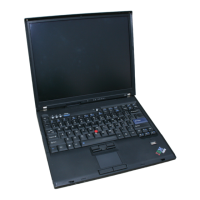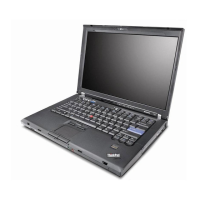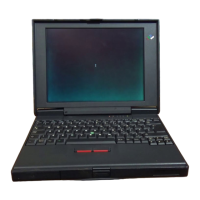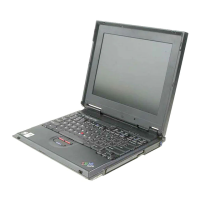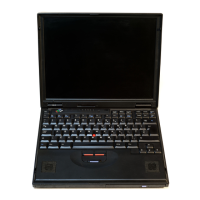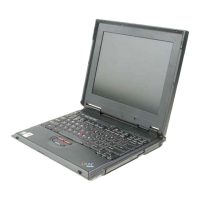92
Arithmetic
Expressions
I-Format: The integer, consisting
of
a
sign
(blank
or
minus) and up
to
13 significant
decimal digits
for
integers whose absolute value
is
less
than 1 E+14,
is
printed
or
displayed.
E-Format: The floating-point number, consisting
of
a
sign
(blank
or
minus), up
to
13
sig-
nificant decimal digits, a decimal
point
following the first digit, the letter
E,
and
a
signed exponent consisting
of
one
or
two
digits
is
printed
or
displayed. The E-format
is
used
to
print
or display numbers whose absolute value
is
less
than 1 E-1 or greater
than
or
equal
to
1 E+14. Printed
or
displayed
values
are
rounded
off,
not
truncated.
F-Format: The fixed-point number, consisting
of
a
sign
(blank
or
minus) up
to
13 signif-
icant digits,
and
a decimal
point
in the appropriate position
is
printed
or
displayed.
The F-format
is
used
to
print
or
display
values
not
included in the preceding
1-
or
E-format descriptions.
Display Line Operation
As
the
values
of
expressions
are
transferred
to
the display screen,
an
internal char-
acter-position pointer
is
maintained
to
keep track
of
the next available position
where a character (or digit)
can
be placed. The movement
of
this line-position
pointer before, during, and after displaying
an
expression depends on the type
of
expression
and
the delimiter following
it
in the PRINT statement. Figure 10
shows
the pointer actions that
are
possible.
The position
of
the display line-position pointer
can
be
moved forward (to a higher-
numbered character position) by using the
TAB
function.
./
,/
""'\
/~
--

